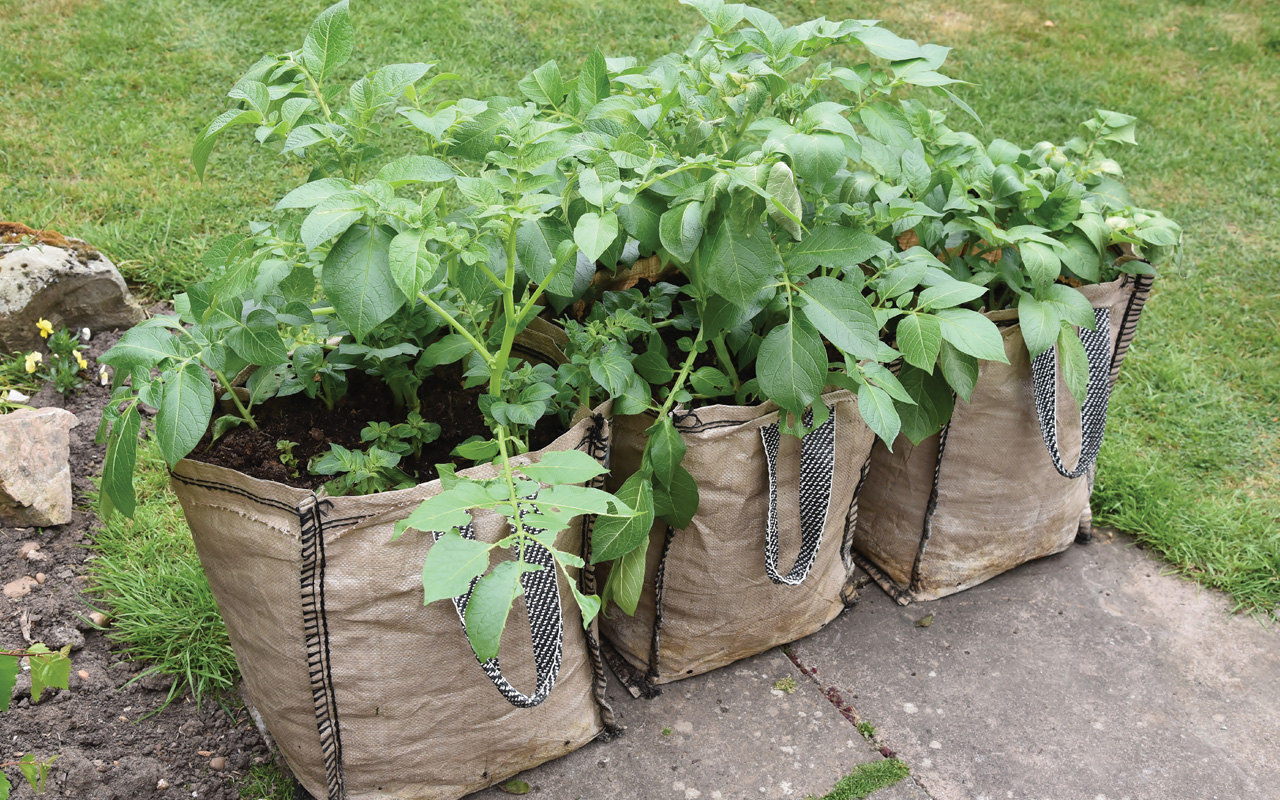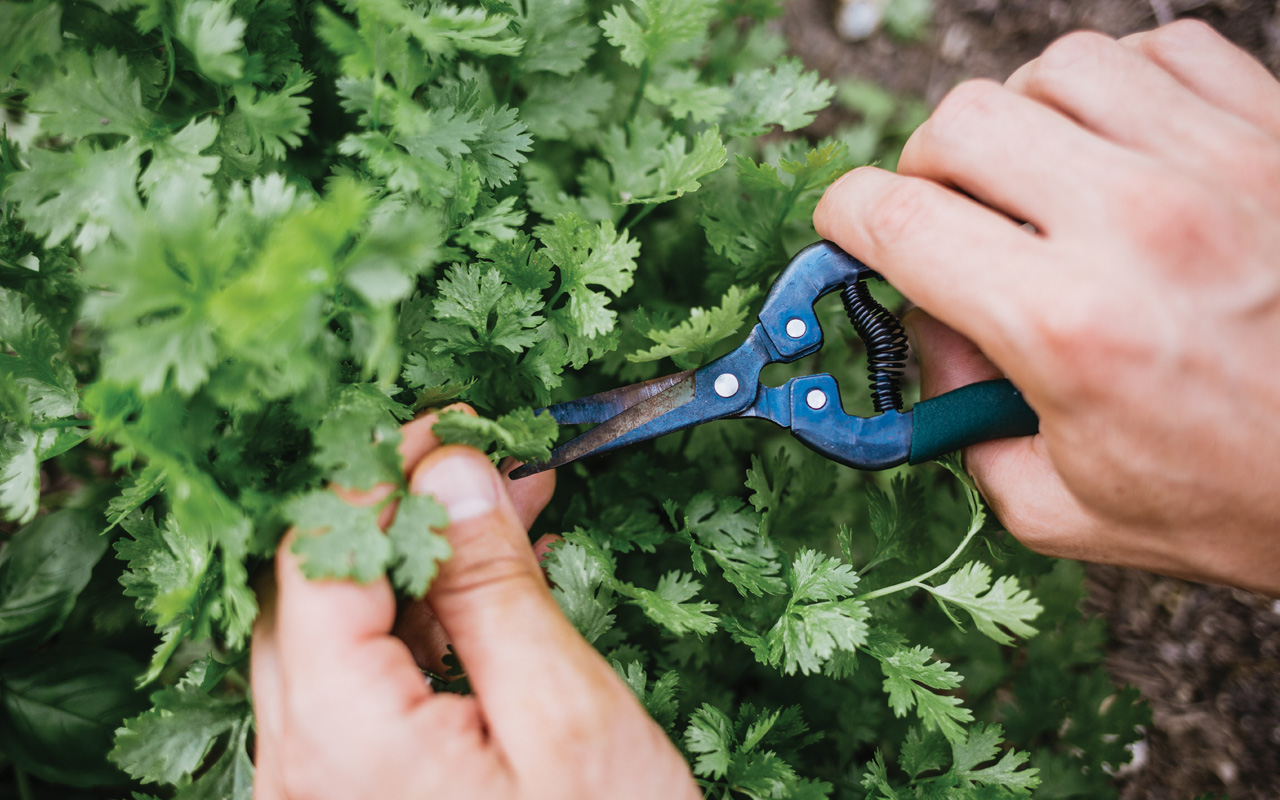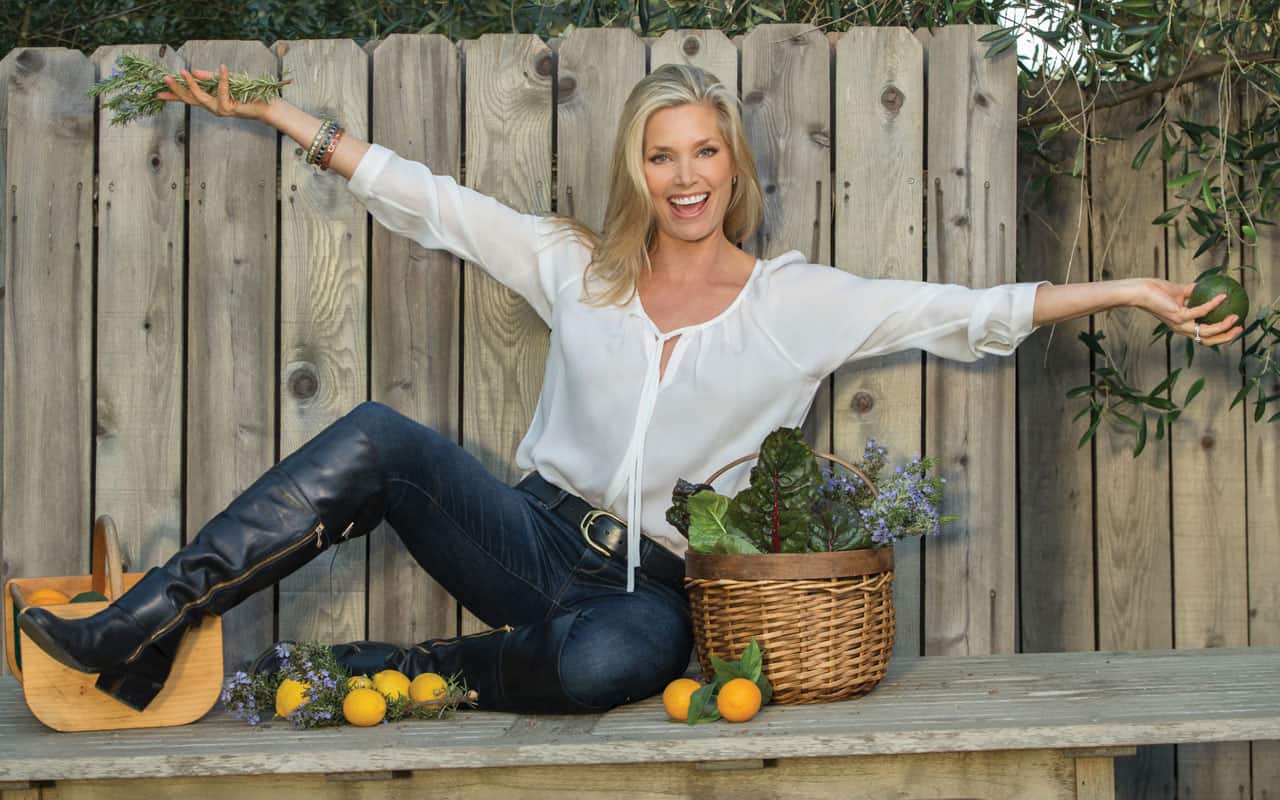
If you haven’t tried your hand at growing, this is the season for you to start a veggie garden. Gardening will never get any easier than it is in the Fall. Cool season plants can be planted in the spring but do way better with the fall weather. Carrots, cauliflower, brussels sprouts, broccoli and radishes are actually sweeter and milder when they mature in cooler temperatures. But what makes Fall the “Golden Time for Gardening” is, milder weather, slower growing weeds, fewer pests, and less demand for water which makes for happier, healthier plants. No more massive corn and ratty tomato plants from the warm season. The fall garden is cleaner, quieter, lower to the ground and easier to maintain.
Great reasons why you should grow produce in the Fall
FEWER BUGS
Most bugs aren’t a gardener’s best friend, so it is a big plus that you won’t be spending much time trying to get rid of those pesky leaf eaters in the Fall.
Insects do not develop or function at temperatures below 55°F. And Southern California’s fall, cool nights keep bugs at bay. Additionally, less daylight hours trigger an alarm in the biological clock of insects. This is the order to enter diapause, which reduces their metabolism, stops their growth, and activates fat reserves to keep them alive. The colder it gets, the fewer survive. Some overwinter as adults. When temperature drops, leaf beetles, some aphids, most leafhoppers, and many beetles bury themselves in the ground or under bark where it is warmer. But don’t you worry, they will be back when the days and nights warm up.
Unfortunately, the dreaded snail slows down, but doesn’t disappear. The mature ones hibernate, but the young ones can hang around all through the winter in southern California. Snails will devour your beautiful garden before you do! They are hermaphrodite and each snail has male and female reproductive organs and can produce reproductive cells of both genders. One Helix Brown Garden snail can hatch up to 80 – 86 babies 6 times a year. So never feel bad when you step on a snail. You might have just saved your garden.
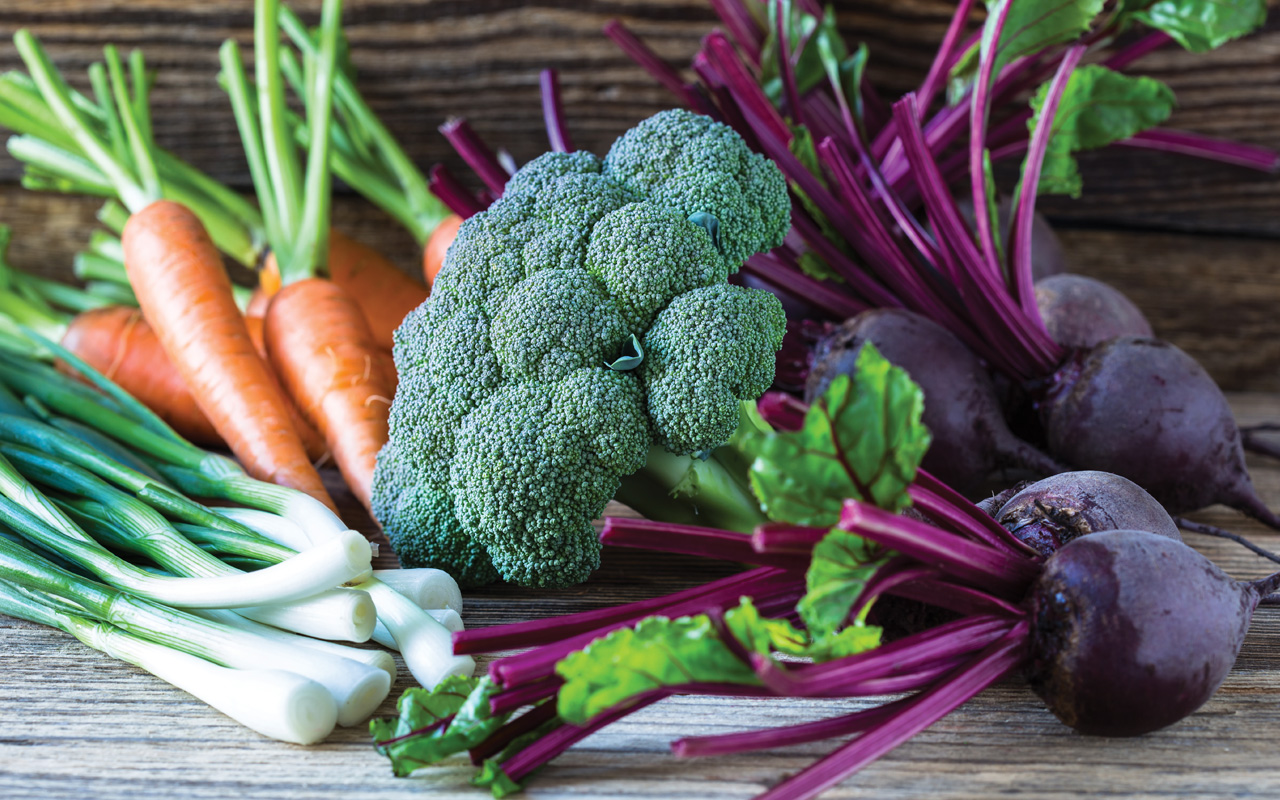
Fall veggies
LESS WATER
With the shorter hours of light and cooler temperatures, your water bills should be considerably less. Fall plants do best when watered about three times a week, factoring in the rain. But, make sure you don’t overwater because if you create persistently moist conditions it will encourage diseases. Water seedlings twice a day until established. The fall weather is so forgiving for getting plants started. If you miss a day of watering some new seedlings, they’re unlikely to wither like they would in the summer months.
NICE & COOL
It’s pleasantly cooler, so you and your plants aren’t stressed out like you were during the summer. Your plants grow more successfully because it’s a slower growing period. Even though there are less hours of light in the Fall, you can spend more hours working in the garden without getting over heated. By planting in the fall, you will have a much longer cool season produce, that lasts through the winter and into the spring.
NOT AS HECTIC
Since there are less hours of light, your plants will grow at a slower rate. The soil is still warm so your seeds will germinate better than they will in spring’s cool soil. So, for those who don’t want to be gardening every day, fall is your season to grow! During the summer, your garden seems to grow and produce right before your eyes. Not in the Fall! Less growth, less mess. Even weeds take their time to grow. Most of the things you grow in the fall are lower to the ground and maintenance is so much easier. Fall planting extends your cool season veggie harvest through the winter and into the spring, while allowing plants to mature in optimal growing conditions.
WHAT TO GROW?
Fall is prime planting time to get berries established for spring harvest and planting those tasty greens, brassicas, peas and root crops to enjoy all winter long.
Strawberries And Blueberries
Planting in fall helps the berry plants get established during the cooler months.Plant strawberries, raspberries and other vining berries in loose, well-composted soil for a spring harvest. Don’t plant them close to each other because only one of them will survive. Make sure you plant them 10’ apart. Blueberries require very acidic soil, so purchase organic fertilizer especially for acid-loving plants. Plant them in a container making sure it is at least 24” deep. Berries won’t start producing until spring. The first year’s pickings will be slim but you will have many bountiful harvests in the years to come.
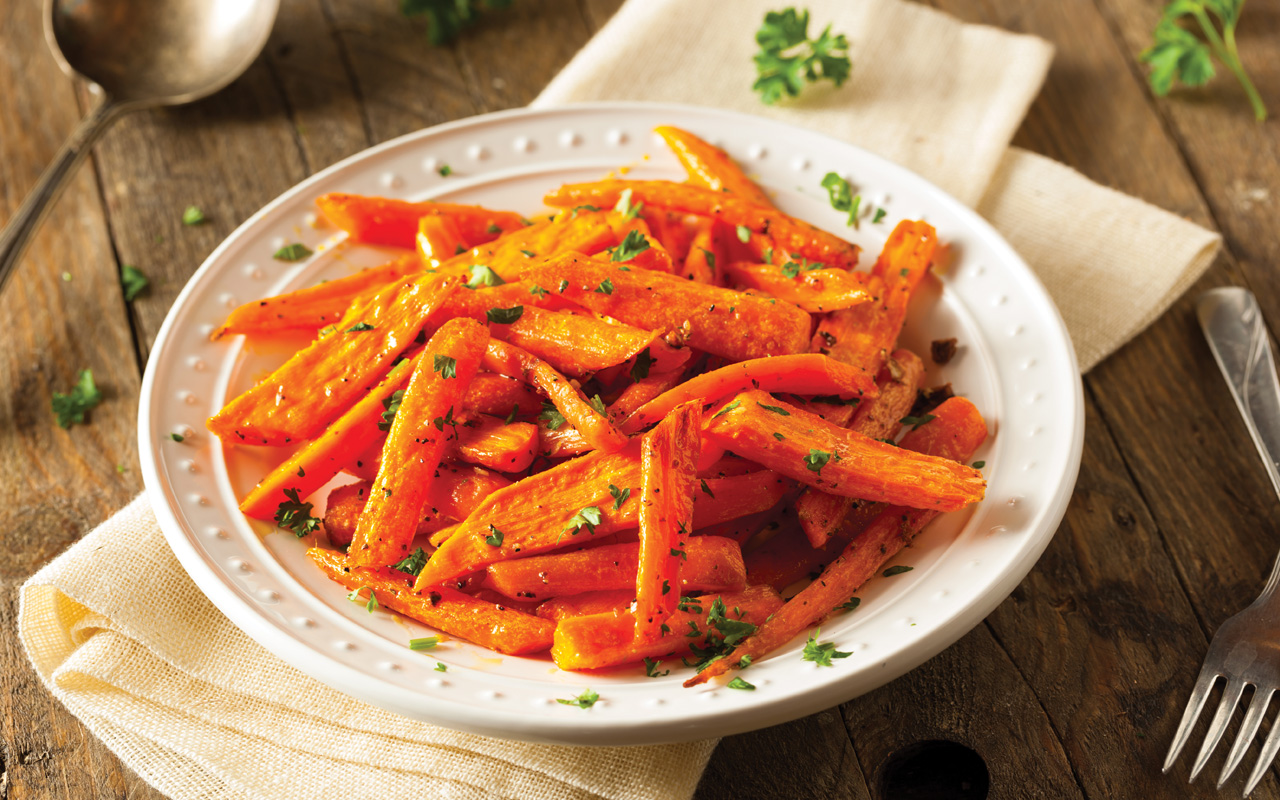
Roasted carrots
BEETS & OTHER ROOT VEGETABLES
Carrots can take weeks to germinate, but other root vegetables like beets, parsnips, radishes and turnips grow easily from seed. Harvest tops of the tubulars as the roots mature and use them in soups, stews and salads.
BROCCOLI & THE BRASSICAS
Kale, arugula, broccoli and tender broccolini are easiest to grow (from seedlings) and give you long harvests through winter.
HERBS
Cool weather loving herbs like parsley, chives and tarragon are best planted from seedlings. Other herbs like cilantro, fennel and dill do best when their seeds are sown directly in the ground.
KALE & OTHER LEAFY GREENS
Perfect time to grow spinach, kale, arugula, mustard, collards and other leafy greens. Lettuces like romaine, butterhead, red leaf, radicchio, frisée are grown easily from seed and stagger harvests.
PEAS
Peas are easy to grow and are delicious fresh out of the garden. Plant from seed over several weeks for successive harvests and make sure you provide support so they can climb.
POTATOES
Plant seed potatoes in a large fabric container like a smart pot. Roll down the sides to about 5 inches. Cover the potatoes with 3 inches of potting soil. Continue to add soil as leaves form, covering all but a few. Roll up the sides as the potatoes multiply inside. You can even plant organic potatoes you purchase from your grocery. Store in a dark pantry until they grow 2 to 3 eyes. When the tops yellow and wither, it is time to harvest them.
If you felt like your first time you tried gardening wasn’t a success, don’t give up now! Fall is a kinder, gentler way to grow the food we crave come winter; like the greens that enhance our soups and stews; or the root crops we love to roast for the holiday meals; and the spring harvest of yummy berries, such as blueberries, strawberries and raspberries topped with a little crème fraîche. Trust me, growing food in the fall is easier to do than you think. Just try it!
My best,
Kelly Emberg, the model gardener
For more gardening tips, follow me on
Facebook, Instagram, YouTube & Twitter.
www.kellyemberg.com


